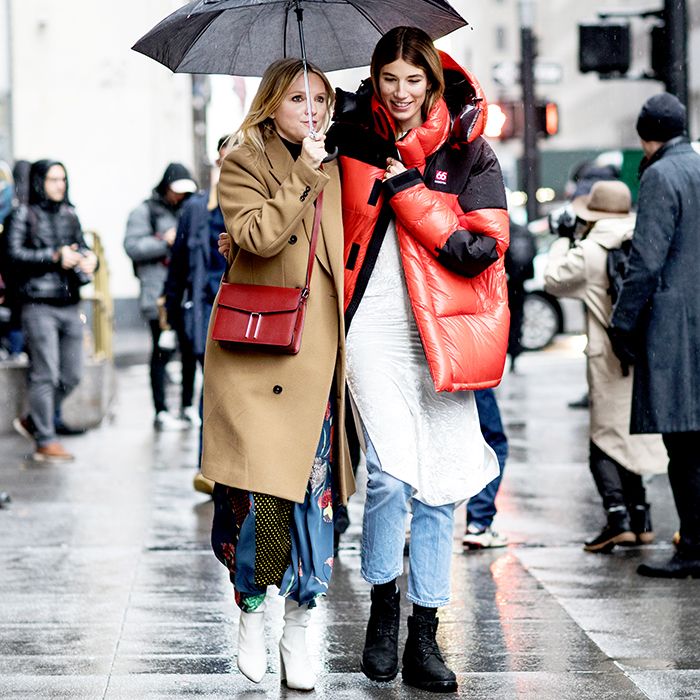Unlock the Keys of Classic Eastern Use
Exploring the enigmatic world of timeless Eastern wear looks into a realm where virtuosity, society, and history merge to develop garments that go beyond plain textile and string. The detailed tapestry of practice intertwined with modern elements provides a glance right into a world where every stitch narrates, every motif a sign of value. Unveiling the tricks behind these productions reveals a tapestry of heritage waiting to be untangled, welcoming one to trip through the aerial charm and mystique of Eastern style.
History of Eastern Fashion
The history of Eastern fashion go back centuries, showing the abundant cultural heritage and customs of varied regions throughout Asia. Each area flaunts its special styles, textiles, and designs that have been influenced by factors like climate, religious beliefs, social status, and trade routes. eastern wear pakistan. The elaborate silk garments of China represent style and sophistication, while the vibrant saris of India showcase a kaleidoscope of shades and patterns.
In Japan, the kimono has been an icon of custom and improvement for generations, with various styles put on for different occasions. The history of Eastern style is a tapestry of technology and practice, mixing ancient practices with modern-day impacts to create an ever-evolving and dynamic industry.
Relevance of Typical Attire
Standard outfit offers as a cultural emblem, personifying the values, beliefs, and heritage of neighborhoods in Eastern cultures. eastern wear pakistan. These garments are not simply pieces of material but are symbolic representations of the rich history and customs passed down with generations. In Eastern cultures, conventional outfit plays a considerable function in ceremonies, festivals, and every day life, mirroring the social condition, regional affiliations, and even marriage condition of people
The relevance of standard outfit surpasses aesthetics; it is a means for people to link with their roots and express pride in their cultural identification. Each garment, from the detailed sarees of India to the flowing hanboks of Korea, brings with it a story of craftsmanship, importance, and importance that is deeply ingrained in the material of culture.
In addition, traditional outfit functions as an aesthetic language, communicating stories of durability, victory, and unity. By putting on these garments, individuals not only recognize their heritage however also add to the conservation and celebration of their social tradition.
Evolution of Eastern Embroideries
Eastern embroideries have an abundant background that spans centuries and have continually developed to integrate diverse cultural influences and react to moving artistic fads. The advancement of Eastern needleworks can be traced back to ancient human beings where detailed styles were hand-stitched onto materials making use of conventional techniques.

Today, Eastern needleworks remain to progress, blending typical workmanship with modern design sensibilities to develop timeless items that celebrate the elegance of cultural variety and creative innovation.
Elegant Fabrics in Eastern Wear
Elegant fabrics play an essential duty in raising the aesthetic appeal and quality of Eastern wear, improving the total attraction and elegance of traditional garments. Eastern wear is renowned for its extravagant textiles that not only reflect the area's abundant social heritage but additionally signify sophistication and elegance. Silk, a textile synonymous with high-end, is usually utilized in crafting Eastern clothing, giving a shiny luster and a soft, smooth structure. The great strings of silk not only curtain magnificently yet also add a touch of overindulgence to attire.
Along with silk, textiles like velvet, brocade, and chiffon are likewise commonly included in Eastern wear. Velour brings a stately and plush feeling to conventional sets, while brocade, with its metallic strings view and intricate patterns, includes a touch of grandeur. Chiffon, on the other hand, is favored for its airy and light-weight top qualities, making it a prominent option for moving silhouettes and fragile embellishments. These elegant textiles not just elevate the aesthetic allure of Eastern wear but likewise make sure a sense of refinement and sophistication that goes beyond time.
Incorporating Eastern Style Today
In modern fashion landscapes, the combination of Eastern affects provides an unified blend of social heritage and modern appearances. Developers and style fanatics alike are welcoming the abundant tapestry of Eastern fashion, incorporating traditional elements into modern shapes and designs. From detailed embroidery to extravagant textiles and vibrant colors, Eastern fashion today uses a diverse variety of options that deal with a worldwide audience.
One way Eastern fashion is making its mark in contemporary closets is via the adjustment of conventional garments such as the robe, saree, or qipao right into daily wear. These items, as soon as scheduled for unique celebrations, are currently reimagined in even more laid-back forms, enabling for their consolidation into daily fashion choices. In addition, the use of traditional patterns and concepts in Western-style garments includes a touch of unique sophistication to contemporary clothing.

Final Thought
Finally, exploring the abundant history, importance, and evolution of Eastern style unveils an ingrained link to heritage and values. The luxurious textiles and complex embroideries of Eastern put on display the adaptability and eternity of conventional layouts. Integrating Eastern influences in modern fashion permits for a combination of tradition and development, developing an webpage unified balance between the past and the existing.
Lavish fabrics play a crucial duty in elevating the visual allure and top quality of Eastern wear, enhancing the general attraction and sophistication of standard garments. Developers and fashion lovers alike are embracing the rich tapestry of Eastern style, including conventional elements into modern-day shapes and designs. From elaborate needlework to lavish materials and vivid colors, Eastern fashion today supplies a varied array of alternatives that provide to an international audience.
One way Eastern style is making its mark in modern wardrobes is via the adaptation of typical garments such as the kimono, saree, or qipao into daily wear. The lavish fabrics and elaborate embroideries of Eastern put on showcase the versatility and timelessness of typical designs.